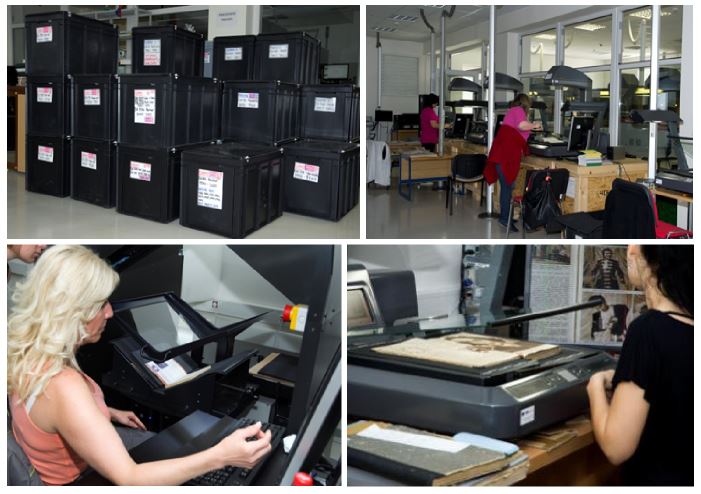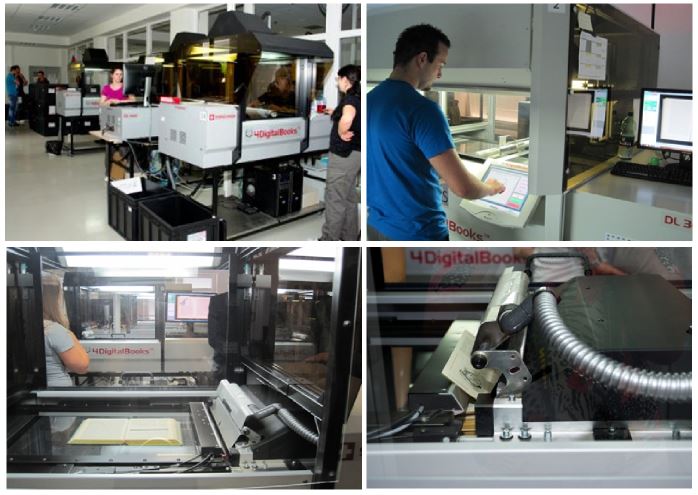
In 2012, the Slovak National Library in partnership with the Slovak National Archives launched the Digital Library and Digital Archives (DIKDA) national project. The aim of this project, co-funded by European Union’s cohesion policy, was to make the documents more accessible to the audience while ensuring their preservation for future generations.

Within the scope of the project, more than 2.8 million objects (including books, monographs, newspapers and magazines, scientific publications, maps and posters) were digitized and made available in digital format. A large part of the project also concerned the preservation and digitization of over a million census records from the first half of the 20th century from the Slovak National Archives.
In order to carry out this ambitious enterprise, the Slovak National Library set up a conservation center to prepare and restore the documents before digitization as well as a state-of-the-art digitization center with twenty scanners. Manual and semi-automatic book scanners, among which five are CopiBook book scanners, are used to digitize the most fragile documents. The digitization center also comprises seven automatic scanners (DL3000 and DL-Mini) offering an outstanding productivity capacity. All in all, they can digitize up to 60,000 pages per day. Beyond the digitization process itself, the project also involves the work of scientific experts to analyze bacteria attacking old documents and thus provide solutions to prevent paper degradation.

With the implementation of a highly technological infrastructure and completion of the digitization of an impressive number of documents, the DIKDA project remains one of the largest digitization project of its kind.
